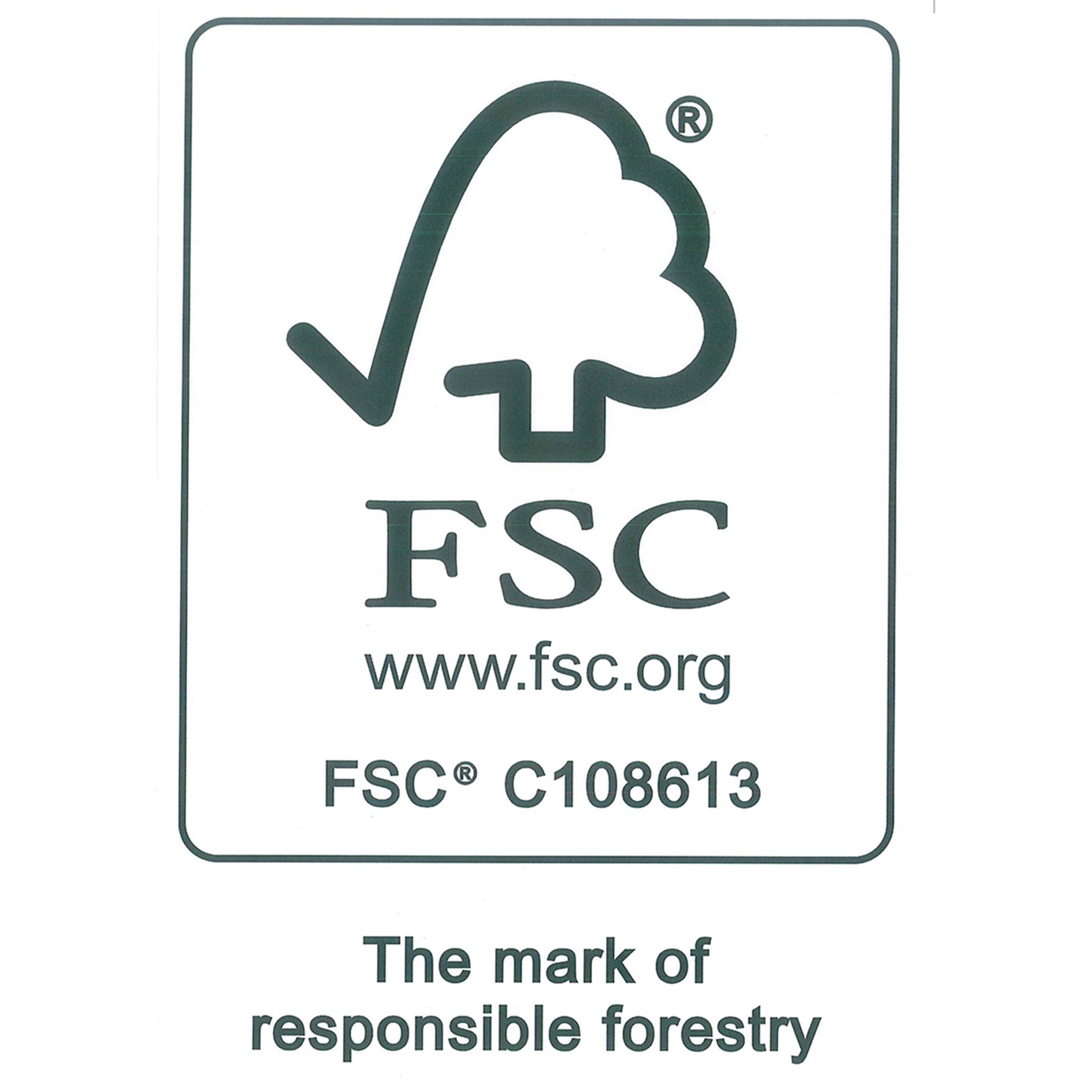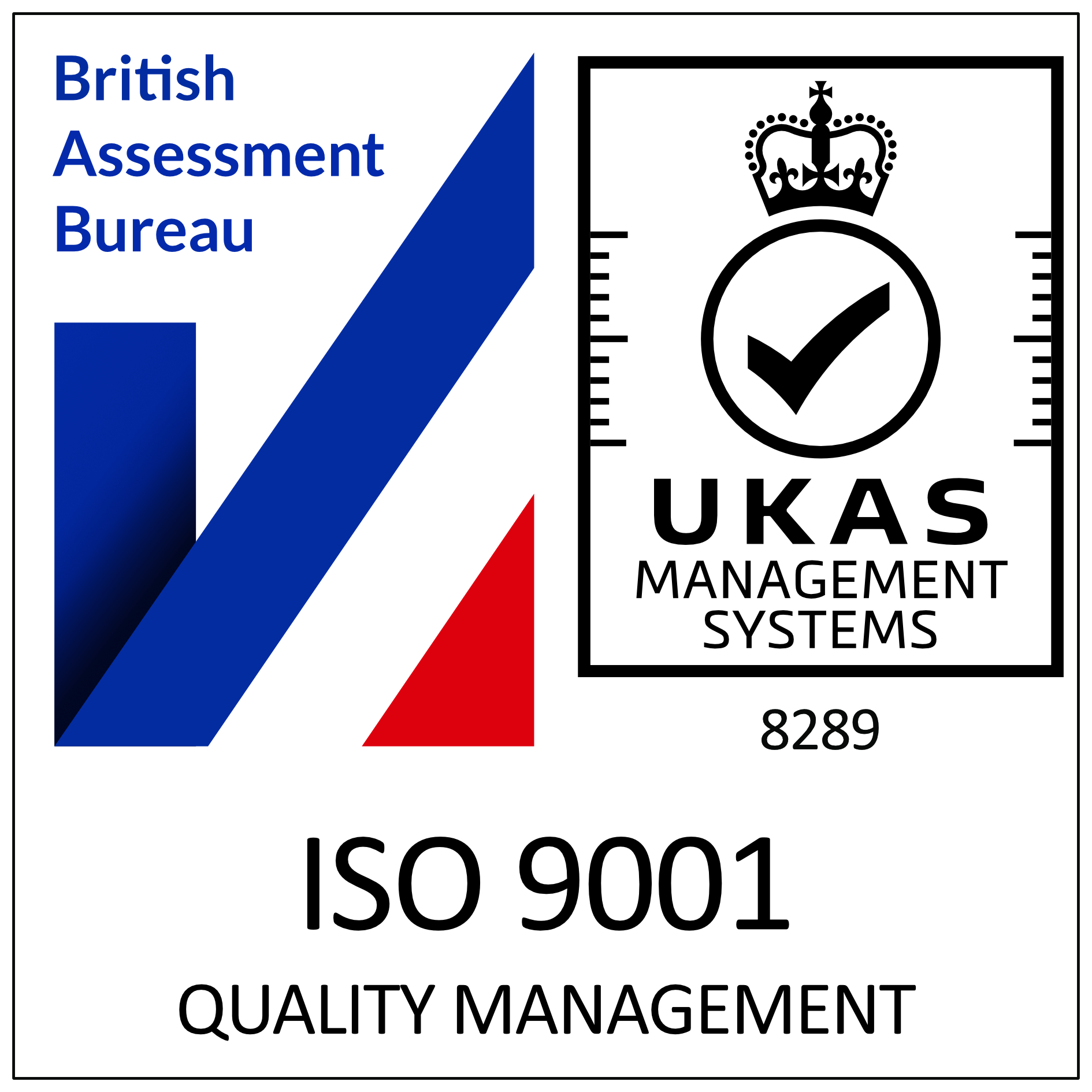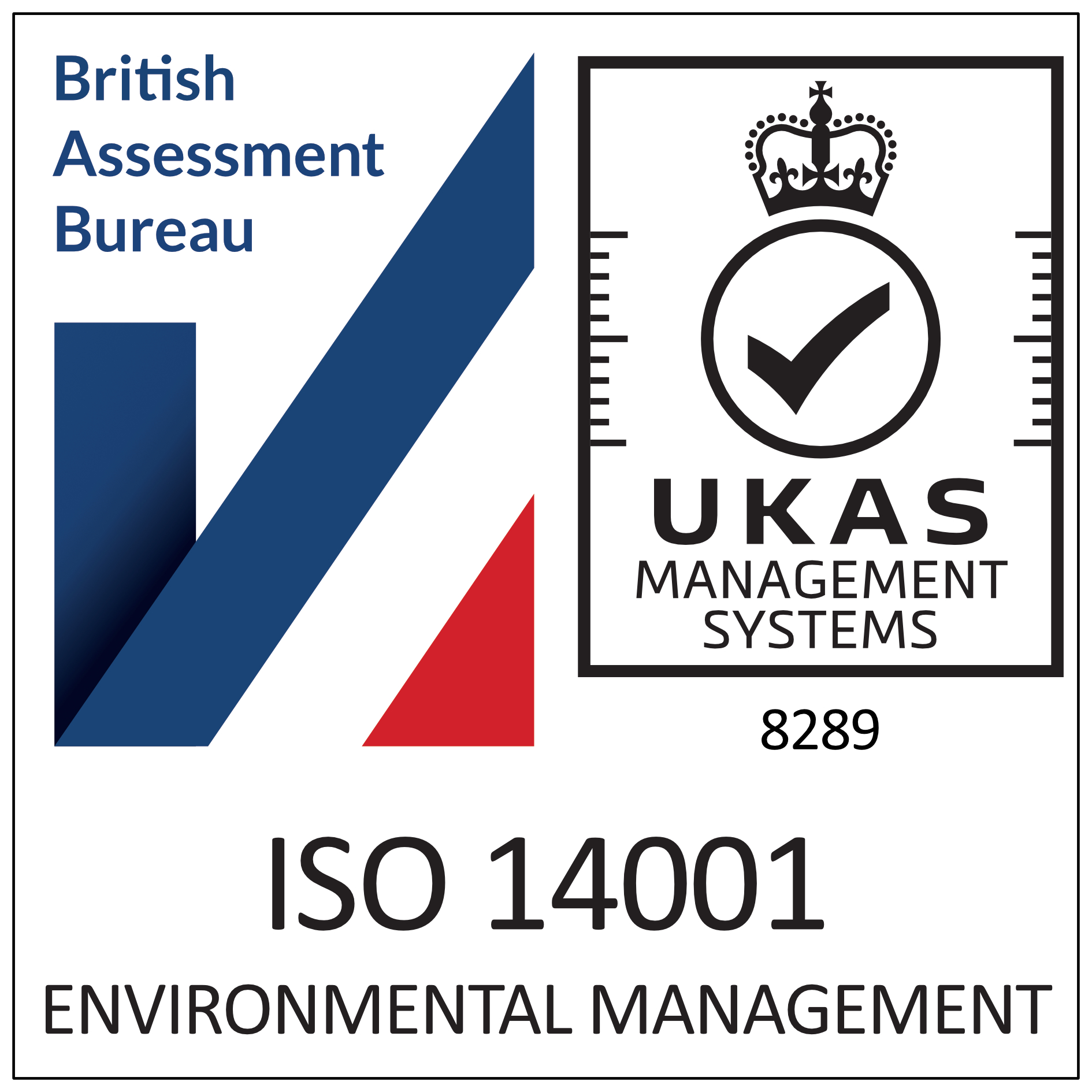Fire Door Inspections
The installation of fire doors in a business or residential building is vital to meet legal, as well as moral, responsibilities to keep people and property as safe as possible in the event of an emergency. However, it is particularly important to not simply have the doors installed and then forget about them: in order to maintain the highest levels of safety and security, as well as fulfil legal duties, all fire doors must be regularly maintained and inspected.
Normally, after the doors have initially been installed, the company who carried out the work will complete a full inspection to ensure that nothing has been overlooked, that everything is safe and that the work has been carried out to a high standard. Often, the same company will take responsibility for inspections and maintenance for a set period of time, after which the responsibility reverts to the building owner, manager or their Responsible Person as named in the Fire Door Law and the Regulatory Reform (Fire Safety) Order 2005.
There are several stages involved with fire door inspections:
1. Checking the fire doors (using the criteria below)
2. Making a note of work that needs doing
3. Arranging for that work to be done
4. Keeping adequate records on the doors, the inspections, the repairs requested, and the repairs carried out.
To carry out a fire door inspection, keen observation skills are required, as well as an eye for detail. If anything is overlooked, even something seemingly minor, it can cause untold difficulties in the event of a fire if it prevents the fire door mechanism from successfully containing the blaze.
A Fire Door Inspection Checklist should include the following elements:
Fire door signs: A sign should be visible on every fire door, either to indicate that it should be kept closed or that no other items should block its closure.
Door hinges: Fire doors must have a minimum of three steel hinges, so verify that there are at least this many on each door. There should be no screws missing and the hinges should be firmly affixed.
Door closing: It is important that fire doors can close completely. Also, check the speed of their closing, because closing mechanisms that work too slowly or too quickly can both indicate problems that need resolving. Ensure that any self-closing aspects of the doors are in full working order.
Door handles: Door handles should be firmly affixed to the door and work correctly.
Door seals: The seal is an essential feature to ensure fire door safety, so check that seals are present all around the doors, except for along the floor, and that they are undamaged.
Glazing: If you have glazing in your fire doors, the glass must be checked for cracks, breakages, looseness and rattling.
Obstacles: Fire doors should not be wedged or held open by any items of equipment or belongings.
Carrying out fire door inspections regularly is an important task that should become a routine, and a planned programme is usually the most efficient way to do this. Some businesses and dwellings prefer to employ specialist contractors to undertake the inspections, due to their expertise in the area, and the responsibility it entails.








